Mastering Hyperlocal Targeting | OOH | Digital Marketing | Elyts

In today's fast-paced digital world, marketers are increasingly seeking ways to deliver highly relevant advertisements to their target audience. Traditional advertising methods are no longer enough to capture the attention of consumers who are bombarded with countless messages every day. Enter Digital Out-of-Home (DOOH) advertising, an innovative approach to delivering timely and contextually relevant ads in high-traffic, real-world locations. When combined with hyperlocal targeting, DOOH offers a powerful tool for brands to connect with customers on a more personal level.
What is Hyperlocal Targeting?
Hyperlocal targeting is the practice of delivering
marketing messages to a specific audience within a very narrow geographic area,
typically down to a street or neighborhood level. The idea is to reach people
when they are most likely to be receptive to an offer or message based on their
immediate location. This targeting can be done using various technologies,
including GPS, Wi-Fi, and mobile data, to track where people are and serve them
relevant ads.
When hyperlocal targeting is combined with DOOH, it opens up
a whole new realm of possibilities for advertisers. DOOH refers to digital
billboards, screens, kiosks, and other dynamic digital displays placed in
public spaces like shopping malls, airports, transit stations, and busy urban
centers. These screens are highly visible and allow for real-time content
updates, making them an ideal platform for delivering hyperlocal, contextually
relevant ads.
Why Combine Hyperlocal Targeting with DOOH?
The integration of hyperlocal targeting with DOOH is a
game-changer for advertisers looking to maximize the impact of their campaigns.
Here are some reasons why this combination is so effective:
- Increased
Relevance and Engagement
Hyperlocal targeting ensures that your message reaches the right people at the right time. For example, a local restaurant can display a time-sensitive promotion or discount on a digital screen near the restaurant, encouraging potential customers who are within walking distance to stop by. With DOOH, brands can display content that resonates with the specific demographic or behavior of people in that area, leading to higher engagement rates. - Real-Time
Content and Dynamic Messaging
DOOH allows advertisers to update content in real-time, offering dynamic and timely messaging. Whether it’s based on the time of day, weather conditions, or nearby events, brands can tailor their messages for maximum impact. For example, an ice cream shop might show ads for cold treats on a hot day, or a nearby gym could promote an offer for people walking by during rush hour. - Enhanced
Data Insights
By leveraging hyperlocal data, marketers can gain valuable insights into the behavior of potential customers. Through sensors, geofencing, and mobile interactions, brands can track foot traffic and consumer engagement with digital displays. This data helps advertisers refine their messaging, measure the effectiveness of their campaigns, and continuously optimize their strategies. - Higher
ROI and Conversion Rates
Hyperlocal targeting ensures that ads are not just seen, but seen by the right people at the right time, significantly improving conversion rates. A study by DOOH providers has shown that hyperlocal targeting results in better return on investment (ROI) compared to traditional static ads. The precision with which these ads are served increases the likelihood that a consumer will take the desired action, whether it’s making a purchase, signing up for a service, or visiting a website.
How to Implement Hyperlocal Targeting with DOOH
- Leverage
Geolocation Technology
The key to successful hyperlocal targeting lies in geolocation technology. By utilizing GPS data, Bluetooth beacons, and Wi-Fi networks, marketers can track the location of potential customers in real time. This allows you to trigger ads based on specific location-based criteria, such as proximity to your store, nearby landmarks, or high-traffic areas. - Use
Data to Understand Local Behavior
To truly master hyperlocal targeting, it's important to analyze local consumer behaviors. With tools like foot traffic analytics and mobile data insights, advertisers can understand what types of consumers are in the vicinity and their preferences. For instance, an outdoor sports gear brand can analyze foot traffic near a park or hiking trail and tailor ads to those interested in outdoor activities. - Real-Time
Data Integration
Integrating real-time data is essential for keeping your messaging fresh and relevant. This can include weather conditions, local events, or even traffic patterns. With DOOH screens, you can instantly adjust your content based on these factors. For example, an ad promoting a hot coffee brand can be shown more prominently on a chilly morning, while a cold beverage ad can take center stage when the temperature rises. - Creative
and Contextual Content
The power of DOOH lies in its ability to display dynamic, eye-catching content. Brands should focus on creating visually engaging ads that resonate with the local context. Interactive elements, such as QR codes, social media integrations, or localized promotions, can further enhance the engagement of consumers and encourage them to take immediate action. - Track
Performance and Optimize Campaigns
Once the campaign is live, it’s important to track its performance. With DOOH, you can easily monitor the effectiveness of your ads in real-time through metrics like engagement, dwell time, and foot traffic. Use this data to make adjustments to your messaging, timing, or targeting to ensure optimal results.
Examples of Successful Hyperlocal Targeting with DOOH
- Local
Retailers
A clothing brand in a mall can use DOOH to target customers nearby with personalized promotions based on weather conditions or sales events. For example, during a local festival or sports event, special discounts on merchandise related to the event could be promoted. - Restaurants
and Cafes
Food and beverage brands can use hyperlocal targeting to drive foot traffic to their locations. For instance, an ad for a local coffee shop could be displayed on screens near public transport hubs, offering discounts or limited-time offers during rush hour to attract busy commuters. - Event
Marketing
If there’s a concert, exhibition, or local sports event happening nearby, advertisers can tailor their messages to encourage attendees to visit a specific venue or shop. Dynamic DOOH ads can be used to promote these events or offer special deals for eventgoers.
Conclusion
Mastering hyperlocal targeting with DOOH offers brands an
unparalleled opportunity to reach customers at the right moment, in the right
place, with the right message. By combining the precision of hyperlocal data
with the dynamic capabilities of digital out-of-home advertising, businesses
can drive better engagement, improve ROI, and build stronger connections with
their local audiences. Whether you're a local retailer, a restaurant, or a
service provider, leveraging this combination can significantly enhance your
advertising efforts and boost your brand’s visibility in the real world.
Elyts Advertising and Branding Solutions | www.elyts.in (India) | www.elyts.agency (UAE)











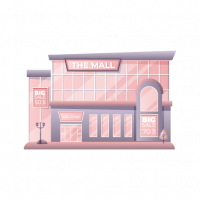





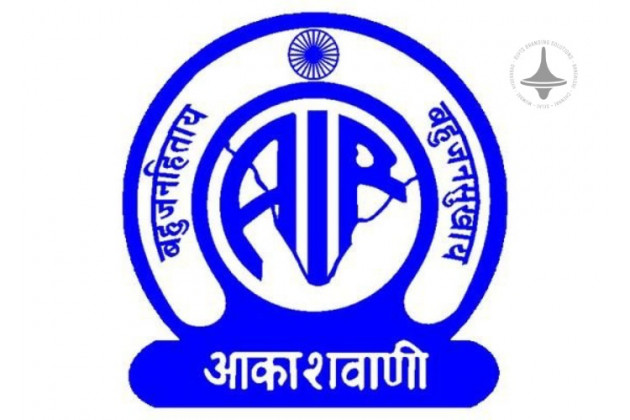
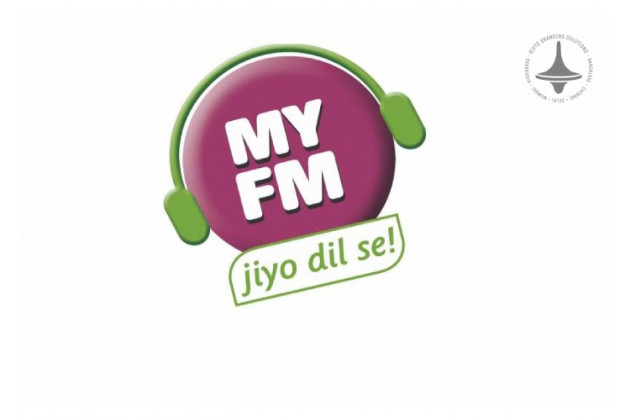
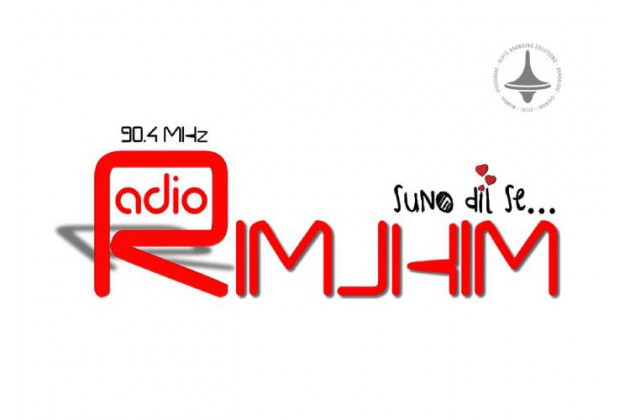

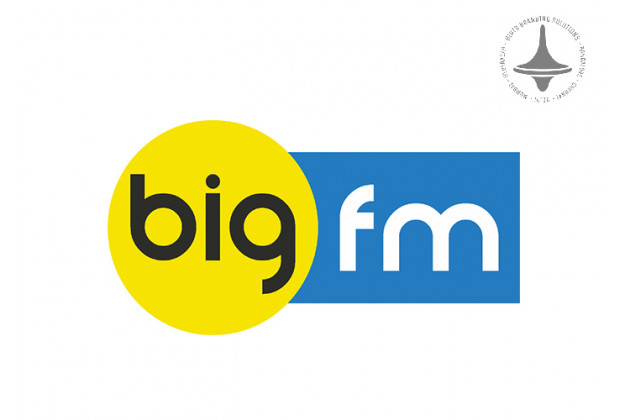
Leave a Comment